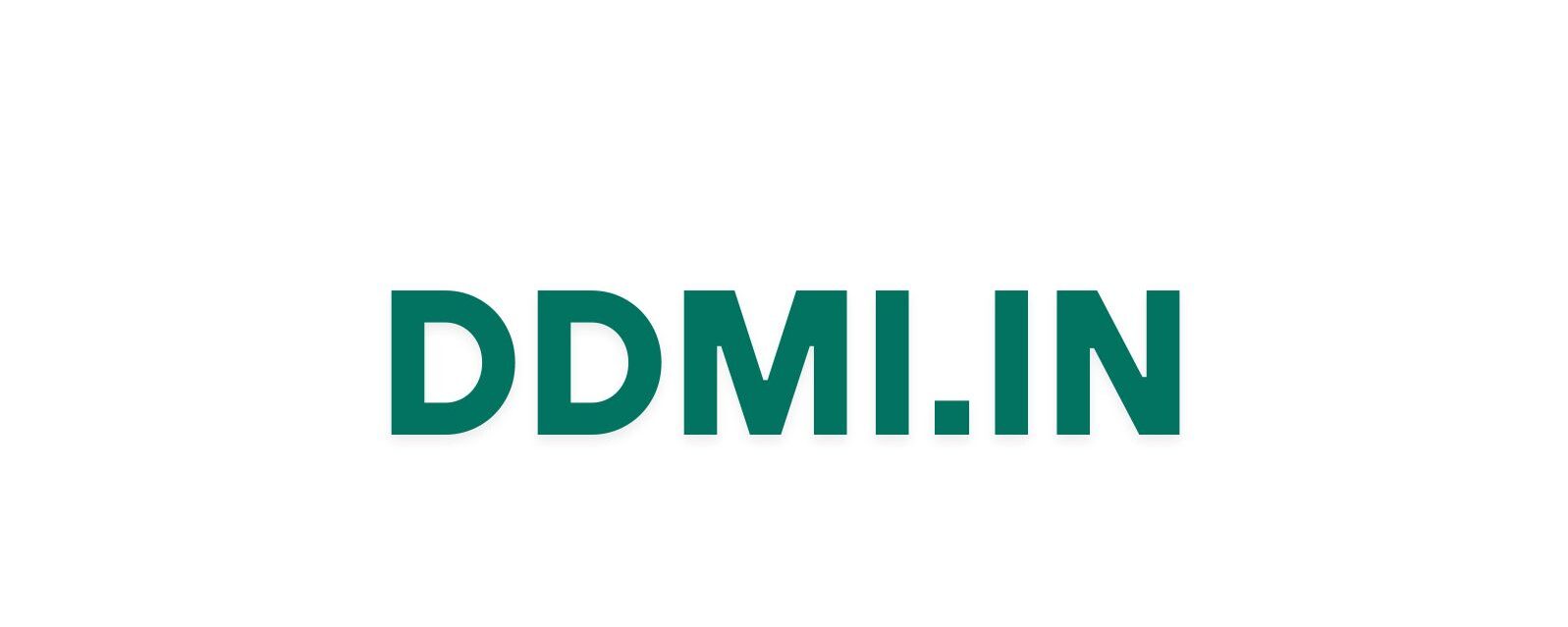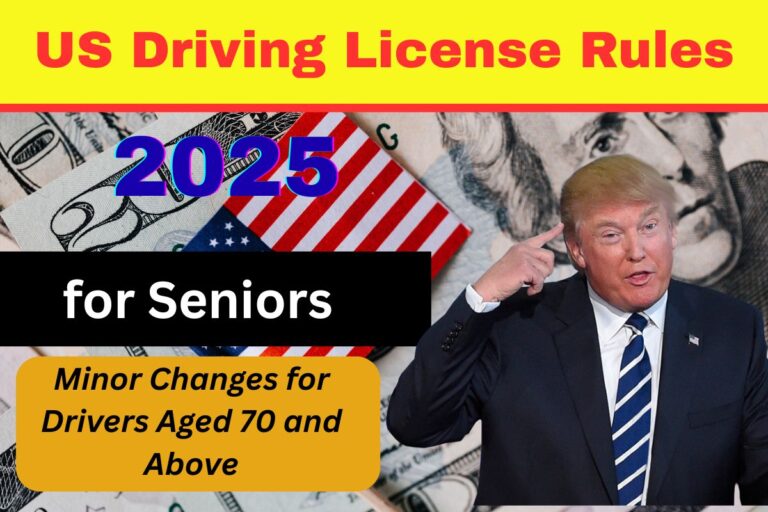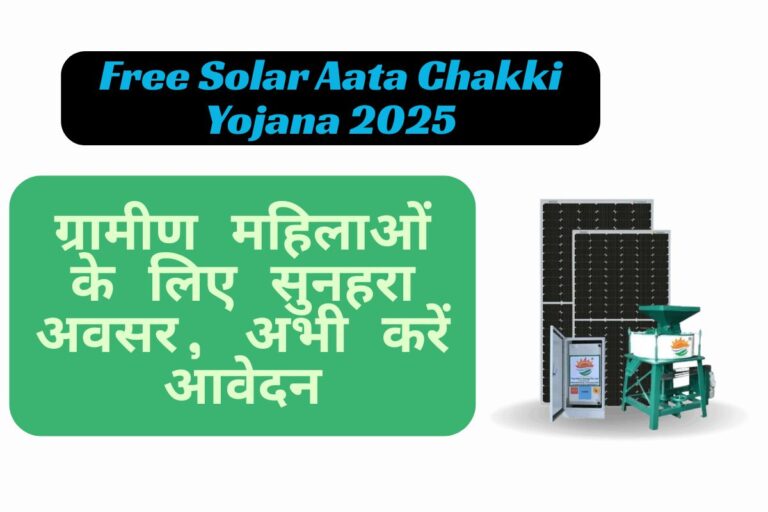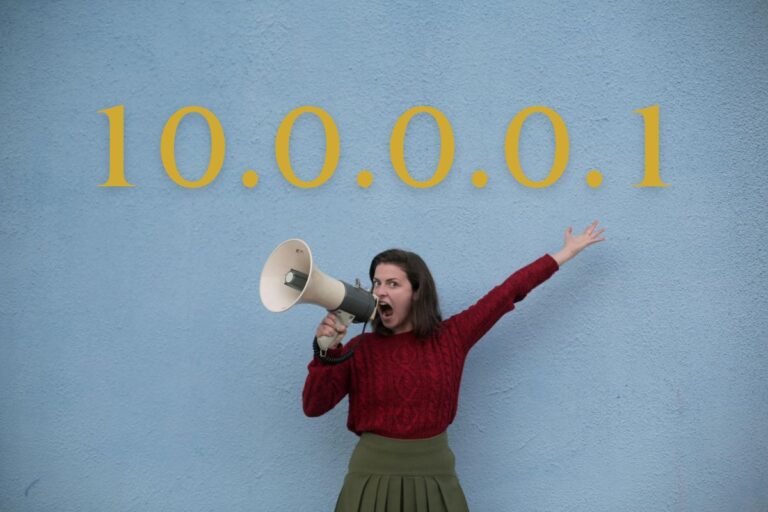$2,503 Stimulus Checks Approved July 2025, Payment Eligibility & Eeverything you need to know
$2,503 Stimulus Checks: $2503 Stimulus Checks have recently gained major attention across social media and online forums. Many Americans are curious about these alleged payments, especially in the face of persistent inflation, high rent, and rising healthcare costs. The idea of receiving a $2,503 check in July 2025 is certainly appealing, but the big question is: is it true? Or is it just another internet rumor designed to mislead or scam people?
July $2,503 Stimulus Checks – Real or Rumor?
As of July 2025, there is no federally approved $2,503 stimulus payment. The claims circulating online are not backed by the IRS, the U.S. Treasury, or any official legislation in Congress. Unlike the earlier stimulus checks of $1,200, $600, and $1,400, which were part of official relief packages during the pandemic, this $2,503 figure has no legal or governmental foundation.
The rumor appears to have started on social media platforms and certain blogs that publish speculative or misleading financial news. Unfortunately, such false information spreads fast, especially when people are struggling financially and hoping for relief.
Overview of $2,503 Stimulus Check Claims vs. Reality
| Category | Status |
|---|---|
| Official Announcement | None |
| Government Confirmation | No support from IRS or Congress |
| Source of Rumor | Social media & non-verified blogs |
| Real Aid Programs | State relief, Recovery Rebate Credit |
| Scam Risk | High |
| Where to Check for Updates | irs.gov, usa.gov |
Is the $2,503 Stimulus Check Real?
No. There has been no discussion or approval of a federal stimulus payment of $2,503. The IRS has not issued any press releases, nor has Congress passed any legislation about such a payment. If a stimulus payment were in the works, it would go through a formal legislative process and be announced through major news outlets and official channels.
Keep in mind that any legitimate government payment will be widely covered by news organizations, not just social media pages.
What Financial Assistance Is Actually Available in 2025?
While the $2,503 check itself isn’t real, there are still real financial aid programs in place this year. Here are a few options that might be available to you:
- Recovery Rebate Credit (RRC) If you missed out on the third round of stimulus checks from 2021 ($1,400), you could still claim it as a Recovery Rebate Credit by filing your 2021 taxes. This credit is for eligible individuals who didn’t receive the full amount they were entitled to during the pandemic.
- State-Level Relief Programs Some states have created their own relief payments based on leftover federal funds or local budgets. Examples include:
- California: Sacramento’s Family First initiative provides $725 monthly payments through November 2025 for selected low-income families.
- Minnesota & Oregon: These states offer one-time relief checks ranging from $200 to $1,000, depending on family size and income.
- Local Support Programs There are also a number of local aid programs still running in 2025:
- SNAP (Supplemental Nutrition Assistance Program): Provides grocery assistance to low-income families.
- LIHEAP (Low-Income Home Energy Assistance Program): Helps cover utility bills.
- Rental assistance programs: Offered through county and city governments.
Proposed Stimulus Ideas That Are Not Approved There are also various unapproved and unrealistic stimulus ideas being shared online:
- $2,000 monthly stimulus proposals (not passed)
- Cryptocurrency-related “DOGE” or Bitcoin relief programs
- Fake universal basic income trials with no official sponsor
None of these proposals have been approved at the federal level. Always double-check the credibility of any financial news that seems too good to be true.
How to Stay Safe from Stimulus Payment Scams
Scammers are taking advantage of the confusion around the $2,503 Stimulus Checks. Here’s how to protect yourself:
- Avoid giving personal info: The IRS will never ask for your bank account, Social Security number, or other sensitive information via email or text.
- Ignore unsolicited messages: If you receive emails or texts claiming you’ve received a stimulus check, delete them.
- Don’t pay to access benefits: No government benefit requires upfront payment or processing fees.
- Use official websites: Check www.irs.gov or www.usa.gov for real updates.
Red Flags for Scams
| Scam Warning Sign | What to Do |
| Unofficial website links | Only use “.gov” websites |
| Text asking for banking info | Do not respond |
| Request for upfront payment | Report to the FTC |
| Promise of early access to funds | It’s fake – don’t fall for it |
FAQs About $2,503 Stimulus Checks
Q1: Is the $2,503 stimulus payment confirmed?
No. There is no federal approval or legal support for such a payment.
Q2: What should I do if I missed the last stimulus check?
You may be eligible for the Recovery Rebate Credit. File your 2021 taxes and check with the IRS.
Q3: Are there any real payments happening in 2025?
Yes, some states and local programs are offering aid. Check with your local government or state treasury.
Q4: How do I avoid scams?
Stick to official sites, ignore unsolicited messages, and never pay to access government aid.
Q5: Where can I find real updates about financial relief?
Visit www.irs.gov and your state’s official government website.
Final Thoughts
The buzz about $2,503 Stimulus Checks may sound exciting, but it’s not rooted in fact. As of now, no such payment has been authorized or distributed by any federal agency. However, real aid still exists. From state-level payments to federal tax credits, there are programs that can help those in need.
The most important step you can take is to stay informed, avoid scams, and rely on trusted sources for updates. The internet is full of rumors, but your financial future depends on acting on facts—not fiction.






